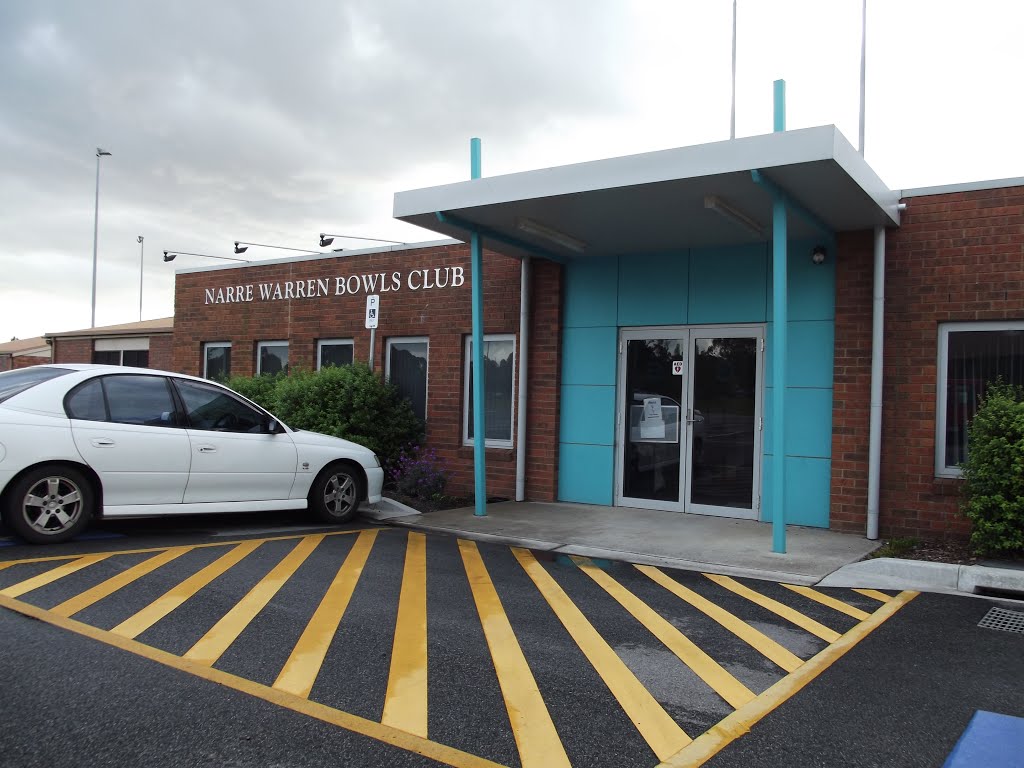Introduction
In today's fast-paced work environment, making sure the safety and wellness of workers is paramount. Among the critical aspects of workplace safety is the stipulation of Automated External Defibrillators (AEDs). These lifesaving gadgets are crucial for replying to unexpected heart attacks, which can occur in any setup, including offices. This detailed overview will delve into the Workplace AED Demands in Australia, highlighting what every employer requires to understand about applying and keeping AEDs.
Workplace AED Demands in Australia: What Every Company Demands to Know
Understanding the legal and practical needs surrounding AEDs is essential for all companies in Australia. The Australian Resuscitation Council stresses that having an AED on-site can dramatically increase survival rates during heart emergencies. Employers must familiarize themselves with their obligations under appropriate regulation, consisting of the Job Health and Safety Act 2011.
The Importance of Having an AED in Your Workplace
Every 2nd matters when it concerns a heart emergency. An AED can be the distinction between life and death. According to studies, early defibrillation improves survival prices by approximately 70%. This highlights why it's not just a good idea-- it's a necessity.
Understanding Automated External Defibrillator Explained Australia
An Automated External Defibrillator (AED) is a portable device that inspects heart rhythm and can send an electrical shock to the heart if required. The device guides customers with the procedure with voice triggers and aesthetic directions, making it usable also for people without medical training.
How to Use an AED Step by Step Australia
Using an AED involves several essential steps:
Assess Responsiveness: Inspect if the person is responsive. Call for Help: Dial emergency situation solutions immediately. Retrieve the AED: Obtain the closest AED. Attach Pads: Follow diagrams on pads for right placement. Analyze Heart Rhythm: The gadget will certainly examine whether a shock is needed. Deliver Shock if Necessary: Guarantee nobody is touching the person prior to pressing the shock button. Continue CPR: After supplying a shock, continue CPR till emergency situation services arrive.AED and mouth-to-mouth resuscitation With each other Australia
Combining mouth-to-mouth resuscitation with an AED boosts survival possibilities significantly. https://emiliohcwm517.trexgame.net/the-value-of-first-aid-training-be-gotten-ready-for-any-scenario While waiting on an ambulance, doing CPR keeps blood distributing, boosting oxygen supply to vital organs till defibrillation can occur.
AED Usage on Children Australia
When using an AED on youngsters, unique pediatric pads are usually called for. Many contemporary tools come equipped with child-specific setups that adjust power levels based on age or weight criteria.
AED Battery Maintenance Australia
Maintaining your AED consists of examining battery standing consistently, replacing batteries according to maker guidelines, and making certain pads are not ended or damaged.

Workplace AED Demands Australia
Employers have to make sure that:
- A proper number of AEDs are offered based on workplace dimension and location. Employees have accessibility to training for using the device. Regular maintenance checks are carried out according to supplier recommendations.
Public AED Locations Australia
Many public spaces currently include available AEDs; recognizing where these places are can conserve lives outside of work environment settings as well. Regional councils usually preserve data sources of these locations.
Defibrillator Training Courses Australia
Training training courses give essential knowledge about utilizing defibrillators properly together with CPR strategies. Organizations like St John Ambulance deal qualifications that gear up workers with lifesaving skills.
Defibrillator Regulations Australia
Legislation bordering defibrillators differs by state however normally mandates specific offices, such as health clubs or aged care centers, to have AEDs conveniently available for use during emergencies.
Choosing Right AED Australia
Selecting an ideal design depends upon aspects such as:
- Intended use (workplace vs commercial) User-friendliness Availability of pediatric options
Identifying Prospective Calamities in Your Workplace
Employers must carry out risk evaluations regularly to identify prospective clinical emergency situations distinct to their setting-- this may include evaluating staff member health dangers or ecological dangers influencing emergency feedback protocols.
FAQs
1. What is an Automated Exterior Defibrillator?
An Automated External Defibrillator (AED) is a mobile device made to treat people experiencing abrupt cardiac arrest by delivering an electric shock that assists restore normal heart rhythm.
2. Are there legal demands for having an AED in my workplace?
Yes, while particular regulation may differ by state or region, lots of regions call for work environments-- specifically those considered high-risk-- to have access to automated outside defibrillators as part of their emergency treatment provisions.
3. How typically must I examine my work environment's AED?
It's advisable to inspect your workplace's AED at least as soon as a month and after each use, guaranteeing that batteries are useful and pads are within expiration dates.
4. Can any individual use an AED?
Yes! Modern gadgets are made for laypeople and provide step-by-step childcare first aid course melbourne sound directions; nonetheless, formal training is recommended for optimum readiness during emergencies.

5. What is included in defibrillator training courses?
Courses commonly cover exactly how to run an AED securely, do CPR successfully, recognize indicators of heart attack, and react properly throughout clinical emergencies.
6. Where can I locate public gain access to defibrillators?
Public access defibrillators can be discovered in numerous places such as shopping mall, airport terminals, colleges, sporting places, and community centers; local authorities usually keep maps revealing these locations.
Conclusion
Ensuring workplace security involves greater than simply compliance; it's about cultivating a society of preparedness amongst employees concerning health emergency situations such as cardiac arrests. Executing effective plans around Automated External Defibrillators (AEDs) not just boosts your task of care but also reveals dedication towards employee welfare-- a win-win situation!
In summary, comprehending the essential parts surrounding workplace AED requirements in Australia outfits employers with understanding required for producing more secure settings conducive to both efficiency and wellness among staff members-- because at the end of the day? Everybody is worthy of assurance understanding they're made sure of!
